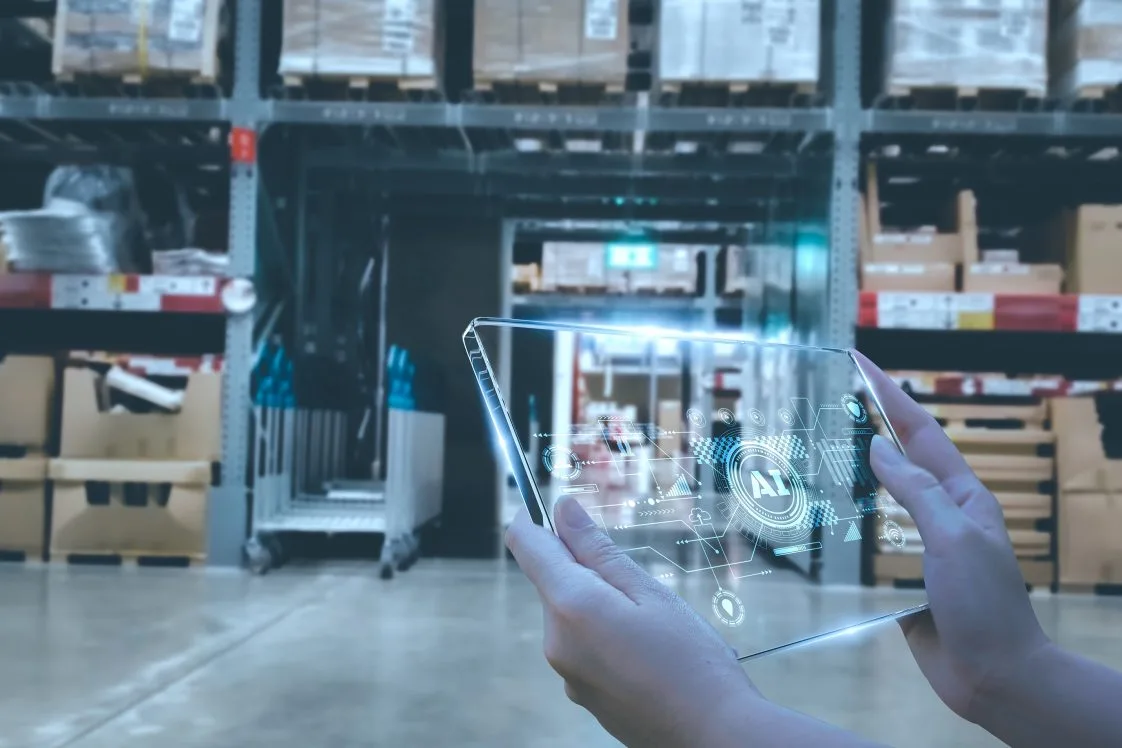How the Retail Landscape is Embracing the Post-Pandemic Era
As we emerge from the pandemic era, retailers are rethinking their strategies and embracing a more comprehensive omnichannel approach.
By Robin Gomez
Director, Customer Care Innovation, Radial
Recent years have been challenging for retailers. In 2022, there were still lingering issues from the pandemic, including inventory management challenges, labor issues in attracting and retaining the workforce, and macro-economic issues with inflation, lower spending power, etc. As we emerge from the pandemic era, retailers are rethinking their strategies and embracing a more comprehensive omnichannel approach. Part of this has been born out of a maturing digital transformation and part of this is in response to new customer expectations. Consumers are rewarding brands that offer multiple fulfillment options, trade-offs for charging return fees, and cost savings.
That said, what have brands learned from the pandemic and how can brands differentiate in today’s market?
As part of our work with retailers, Radial holds regular review sessions to identify lessons learned each peak season. We sit down with retailers and go over what worked well, what needs attention, and how they can optimize processes. We then take the cumulative findings of thousands of retailers, aggregate the learnings, and apply those insights to support each retailers’ growth.
The following are key insights gleaned from peak 2022, and advice on what retailers can do to optimize for the future.
Most Surprising Findings from Peak 2022
There were many lessons and revelations that emerged out of the pandemic and more specifically, last peak. The following surfaced to the top:
- Differentiation paid off. During the pandemic, retailers that focused on either the lower end or higher end of their respective markets were more resilient than retailers that did not have a clear differentiator in their product and price points. This is likely due to the fact that as consumers were more discerning with their budgets, they were able to identify retailers that had clear product offerings in their price ranges. A strong marketing message that clearly resonated with a targeted audience was invaluable.
- Increased eCommerce reshaped return policies. The pandemic brought a surge of eCommerce and store fulfillment options, which drove the need to optimize inventory and manage a much higher returns rate. However, higher returns were costly and created issues with inventory availability. The surge in eCommerce fulfillment and subsequent higher return rates compelled many retailers to rethink their returns policy. Retailers chose to rescind free returns, curtail return timeframes, or bundle free returns into loyalty programs. The lasting impact of this remains to be seen.
- eCommerce alone didn’t satisfy consumers. Post-pandemic consumers were hungry for tactile, physical experiences. In response, many pure play ecommerce businesses opened physical stores or pop-ups. This was a significant change for brands and reinforced the need for omnichannel engagement. eCommerce brands have needed to rethink how they present products to consumers, whether with virtual reality or physical locations.
Biggest Challenges Brands Experienced
With so many challenges, it’s hard to narrow down the most significant. Based on feedback from our retail customers, one of the biggest challenges has been the uncertainty of how consumers were going to act, spend, and what they would be purchasing. Forecasting and planning has always been an art and science, and it remains so. Another challenge was the elongated shopping season, which made it more difficult to support a lengthier duration of demand with staffing, inventory, and order fulfillment. In 2022, many consumers reported they would start their holiday shopping early in October, and retailers prepared for that – staffing up, adding inventory, etc., — only to have the prediction not come true. Discerning demand and forecasting has become increasingly difficult.
We also saw retailers that target multi generations struggle with how to leverage personalization, sustainability, DEI initiatives, product assortment, technology, etc. This required brands to more clearly define who they are, which then either bolstered their market share or immediately damaged it, depending on whether it alienated a generation or demographic. Fine-tuning targeted marketing has become more complex and requires more comprehensive data to get right.
Top Lessons Learned by Retailers
In aggregate, most retailers discovered the importance and necessity of the following learnings:
- Diversify supply chains. The disruptions that crippled retailers during the pandemic made significant impacts on how supply chains needed to be managed moving forward. The lingering impacts were still felt in 2022, and there were overly conservative approaches that led to overstock and, in turn, sales that hindered profitability. Having a smarter and more flexible supply chain is key to ongoing success.
- Technology is critical to evolving the business. Likewise, implementing the best technology across the organization is key to creating more robust and actional analytics. Customers demand and expect something in return for their personal data and information and the use of applied technology across marketing, customer engagement, customer care, logistics, etc., can create these experiences in a tangible and meaningful way.
- Plan with providers and partners early and often. It’s also crucial to maintain transparency. The ability to glean insights from partners (3PL’, BPOs, suppliers, etc.) is essential in making decisions, adjustments, and changes as needed to capitalize on opportunities and mitigate risks. Having the right partners in place is not a nice to have, but a business-critical function.
- AI needs to be part of the game plan. In the immediate and near future, AI will continue to be heavily invested in with many permutations of what can be done. Many of these will be unsuccessful, but others will truly drive change and innovation. Humans will continue to cautiously explore the possibilities. The fact that AI can help people out with many of the mundane tasks and provide faster time to impact is a huge catalyst and, as others see individuals capitalizing on the use of AI, more and more people will adopt it. Retailers need to start planning for AI and adopting it incrementally.
What Retailers Need to Do Now to Prepare for the Future
Aside from implementing a robust omnichannel strategy, gaining real-time supply chain and inventory visibility, and diversifying the supply chain, we recommend that retailers do the following:
- Plan early and communicate with your partners. Prepare plans for the expected and mitigation for the risks. Labor will continue to be a challenge and as such, planning is critical to help ensure that the necessary support is available when you need it.
- Embrace technology across the customer journey. The ability to enhance the experience, increase sales, reduce friction, and create repeat buyers is critical and will only continue to grow in importance. Work with partners that can provide guidance, insight, and tools to help achieve your goals.
- Continue to evaluate cost reduction initiatives, but in a pragmatic way. Simply reducing costs may not be the most effective approach to achieving your outcomes. A balance of efficient practices, improved policies, customer engagement, and innovation can result in an overall approach that drives new business, retains current customers, and reduces spend on unnecessary and non-value added services.
Radial Helps Retailers Become Resilient
Paramount to most retail senior leadership minds is the need to be resilient. The pandemic exposed gaps and weaknesses and affirmed strengths. Increasing resilience is imperative as we continue to live into the unknowns of the future. As a third-party logistics partner, Radial provides retailers the partnership and support with a full array of resources, strengths, technology, data, and skillsets. We help retailers plan and forecast for peak season and optimize their technology, fulfillment, payment solutions, transportation management, and customer care. We come alongside retailers to extend their resources and solidify their ability to be flexible and responsive in an ever-changing environment.
The future unfolds as we shape it with today’s decisions. Retail is adaptive and flexible, and as it responds to customer expectations, its future will remain strong.

Robin Gomez has been in the industry for 25 years, beginning with catalog-based fulfillment and customer service through the growth and evolution of eCommerce. He has worked in Human Resources, Training, Quality, Operations, Consumer Insight, Project Management, BI, CI and is currently the Director of Customer Care Innovation for Radial. He is focused on engaging and partnering with leading and emerging technology providers and curating a robust solution stack for Radial’s eCommerce focused clients and internal agents and users. Robin has a B.S. in Psychology with an M.S. in Industrial/Organizational Psychology. You can follow Robin on LinkedIn.
Explore how Radial can support you.

